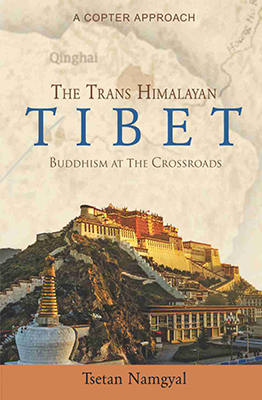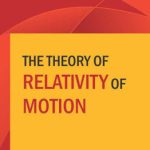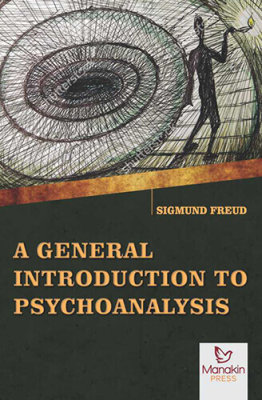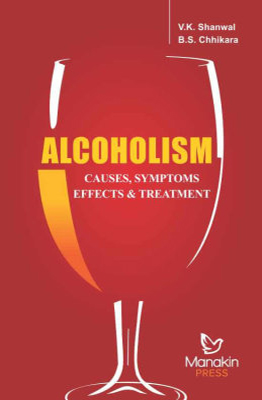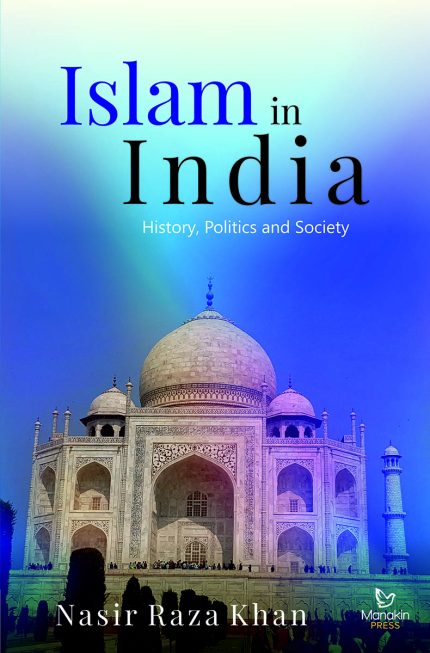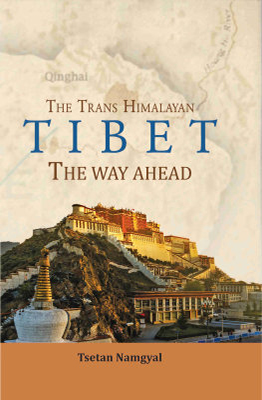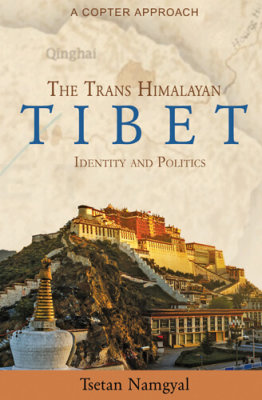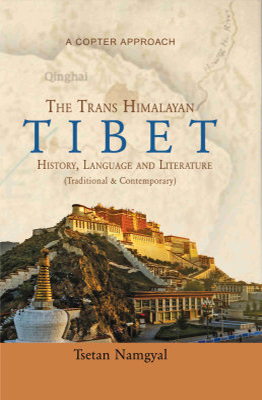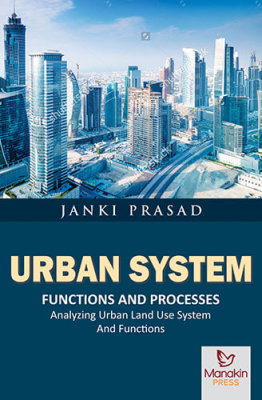The Trans Himalayan Tibet: Buddhism at The Crossroads (Volume 3)
₹1,295.00
Tsetan Namgyal | Category: Social Science
Binding Type: Hard Binding
Book Details
ISBN: 9789386221568
YOP: 2018
Pages: 287
Order also on
The third volume in the series is about Buddhism in the Trans-Himalayas and Trans-Siberian Region of Buryat, Russia. The Trans-Himalayan region includes Tibet, Ladakh, Kashmir, and Afghanistan and links with the Islamic world through the Silk Route trade and interactions with classical philosophical schools such as Confucianism. The volume primarily focuses on Buddhism in Buryatia, with some commentary on other parts of Russia. It attempts to throw light on the assimilation and dissemination of Buddhism in Russia as the Communist Revolution spread across the country. It traces the revival of Buddhism in Buryatia through Buryat literature, religious symbols, and secular practices. This volume is the result of analysis of Buddhist literature in different countries, especially Tibet, Mongolia, China, and India. It also draws on field visits, developments in medical fields and on manuscripts and xylographs in St. Petersburg, to provide a commentary on the contribution of prominent Buddhist reformers in Russia.
(A) BUDDHISM IN THE TRANS-HIMALAYA
1. Buddhism as a Link between Afghanistan and Tibet
2. Ladakh and Tibet Cultural Relations through the Ages: Trade and Pilgrimage
3. Tibetans in Exile: An Assessment
4. Historic Origin of The Kashmiri Muslim (Kha Che) Community in Tibet: A Perspective
5. Cultural Interaction Between Tibet and Islamic World Through Silk Route
6. Evolution of Traditional Tibetan Buddhism: An Overview
7. Traditional Educational Values in Classical Asian Philosophies: A Comparative Look at Confucian, Buddhist and Gandhian Ideals of Education
(B) BUDDHISM IN THE TRANS-SIBERIA
1. Buddhist Traditions in Buryat Literature of XIXth Century
2. Modern Buryats and the Religious Symbols
3. Hambo Lama Ayusheev in The Buddhist and Secular Practices of Present-Day Buryatia
4. The Buddhist Heritage of Saint-Petersburg: A Case Study of Buddhist Manuscripts
5. The Renovationist (Obnovlencheskoe) Buddhist Movement in Buryatia in the 1920s
6. Relationship of the Buddhist Church and the State in Russia
7. Social and Political Aspects of Buddhism in Buryatia
8. Renewal Movement in Russian Buddhism: Two Reform Projects
(C) BUDDHIST LINKAGES BETWEEN TRANS-HIMALAYAN AND TRANS-SIBERIA
1. Buda Rabdanov and His Journeys to Eastern Tibet
2. Integrative Historical and Cultural Role of Indian Mitra & Maitreya Cults in the Uniting Process of Eurasia
3. Tibetan Medical Tradition in the History of Buryat People
4. Three Prominent Reformers of Buddhism in Russia: Agvan-Lubsan Dorjiev (1857-1930), Lubsan-Sandan Tsydenov (1851-1922) Bidiya Dandaron (1914-1974)
5. Retrieving and Revisiting Buddhism Through the eyes of George de Roerich (Roerik) in Russia (Greater Russia)
6. Tibetanisation the Earliest Wave of Change in Ladakh
Index
The third volume in the series is about Buddhism in the Trans-Himalayas and Trans-Siberian Region of Buryat, Russia. The Trans-Himalayan region includes Tibet, Ladakh, Kashmir, and Afghanistan and links with the Islamic world through the Silk Route trade and interactions with classical philosophical schools such as Confucianism. The volume primarily focuses on Buddhism in Buryatia, with some commentary on other parts of Russia. It attempts to throw light on the assimilation and dissemination of Buddhism in Russia as the Communist Revolution spread across the country. It traces the revival of Buddhism in Buryatia through Buryat literature, religious symbols, and secular practices. This volume is the result of analysis of Buddhist literature in different countries, especially Tibet, Mongolia, China, and India. It also draws on field visits, developments in medical fields and on manuscripts and xylographs in St. Petersburg, to provide a commentary on the contribution of prominent Buddhist reformers in Russia.
(A) BUDDHISM IN THE TRANS-HIMALAYA
1. Buddhism as a Link between Afghanistan and Tibet
2. Ladakh and Tibet Cultural Relations through the Ages: Trade and Pilgrimage
3. Tibetans in Exile: An Assessment
4. Historic Origin of The Kashmiri Muslim (Kha Che) Community in Tibet: A Perspective
5. Cultural Interaction Between Tibet and Islamic World Through Silk Route
6. Evolution of Traditional Tibetan Buddhism: An Overview
7. Traditional Educational Values in Classical Asian Philosophies: A Comparative Look at Confucian, Buddhist and Gandhian Ideals of Education
(B) BUDDHISM IN THE TRANS-SIBERIA
1. Buddhist Traditions in Buryat Literature of XIXth Century
2. Modern Buryats and the Religious Symbols
3. Hambo Lama Ayusheev in The Buddhist and Secular Practices of Present-Day Buryatia
4. The Buddhist Heritage of Saint-Petersburg: A Case Study of Buddhist Manuscripts
5. The Renovationist (Obnovlencheskoe) Buddhist Movement in Buryatia in the 1920s
6. Relationship of the Buddhist Church and the State in Russia
7. Social and Political Aspects of Buddhism in Buryatia
8. Renewal Movement in Russian Buddhism: Two Reform Projects
(C) BUDDHIST LINKAGES BETWEEN TRANS-HIMALAYAN AND TRANS-SIBERIA
1. Buda Rabdanov and His Journeys to Eastern Tibet
2. Integrative Historical and Cultural Role of Indian Mitra & Maitreya Cults in the Uniting Process of Eurasia
3. Tibetan Medical Tradition in the History of Buryat People
4. Three Prominent Reformers of Buddhism in Russia: Agvan-Lubsan Dorjiev (1857-1930), Lubsan-Sandan Tsydenov (1851-1922) Bidiya Dandaron (1914-1974)
5. Retrieving and Revisiting Buddhism Through the eyes of George de Roerich (Roerik) in Russia (Greater Russia)
6. Tibetanisation the Earliest Wave of Change in Ladakh
Index
| Weight | 0.595 kg |
|---|---|
| Dimensions | 24.5 × 16.5 × 1.8 cm |
| yop |
2018 |
| subject-category |
Social Science |
| isbn |
9789386221568 |

